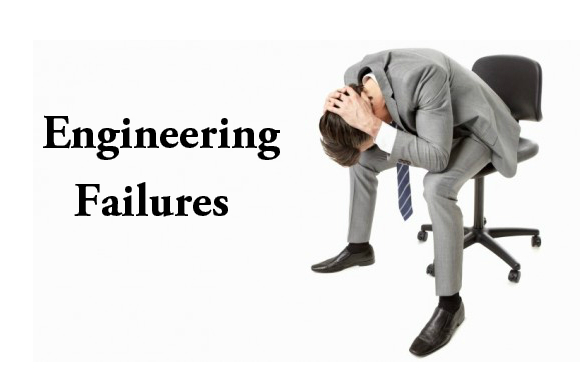Welcome to Indigenous Futures in Engineering, Queen's University
Search
Engineering Failures?
Type of Engineering involved: Chemical

Do you worry about failure? Of course you do. When engineers talk about failure they're not necessarily talking about failing a test or failing a course. They're probably talking about what happens when something they've built or designed or analyzed doesn't work. Engineering failure can mean that a computer program doesn't work properly, but it can also mean that a bridge collapses or a power plant shuts down or a satellite spins out of its orbit. Engineering failures may not happen often, but when they do there is often a loss of life, and there is always a huge cost. Engineers study failures in depth so that they can understand what went wrong and avoid recreating the same problem. In engineering, as in life, there are valuable lessons to be learned from failure.
Sometimes failures aren't as bad as they first appear - especially during research. In fact, several really useful things wouldn't exist if someone hadn't failed at something else first!
- Spence Silver, the chemical engineer who developed the reusable, weak glue on Post-It Notes, was actually trying to make a stronger glue for tape. He thought he had failed until one of the other engineers in the lab realized what this new glue was good for.
- The problem was just the opposite for Leo Baeckeland. He was trying to find a synthetic substitute for varnish (a substance which protects wooden furniture and floors), but what he produced was too tough. He made the substance even tougher and ended up developing one of the world's first moldable dyed plastics.
- Another chemical engineer, James Wright, was trying to create a rubber substitute out of silicon. What he ended up with was just way too gooey and bouncy to be used for anything practical, so he put it aside. Five years later, someone else put the bouncy goo in an egg and sold it as "Silly Putty."
